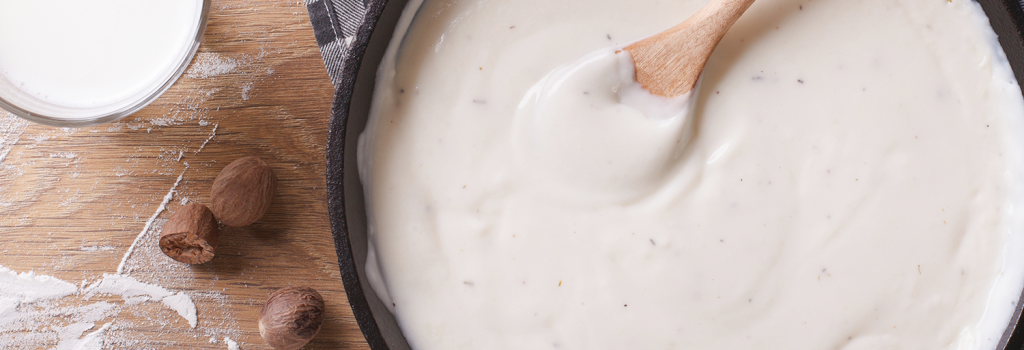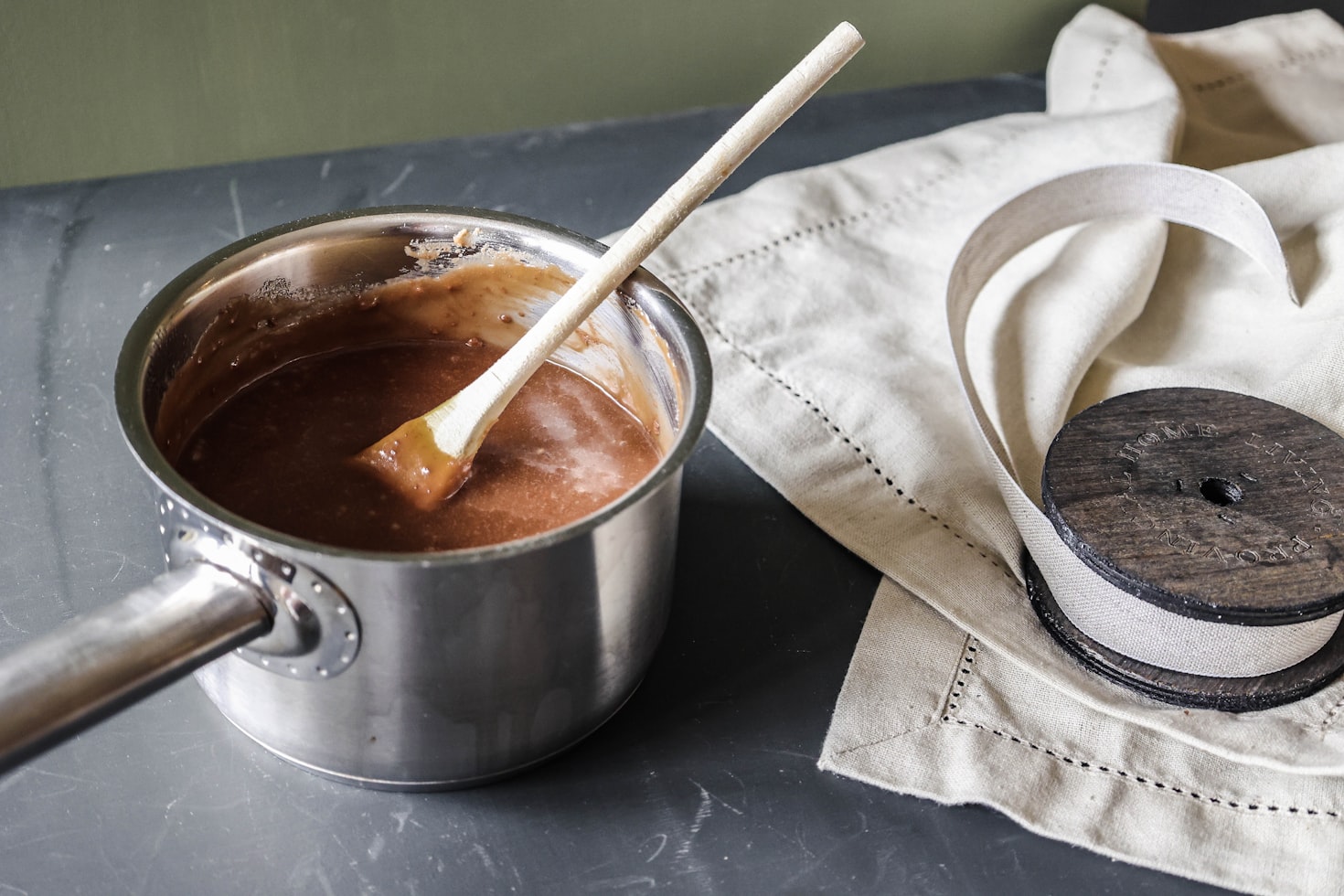ProCook Help Hub
The latest inspiration and advice from the experts at ProCook
Sauces are an important addition to many dishes. Not only do they enhance and add flavour, but they also offer additional texture and mouthfeel. Adding a sauce can make a dish, taking it to another level - there's nothing quite like tucking into an eggs benedict or biting into a pizza with their freshly made respective sauces!
Before we dive further into what makes the five mother sauces and how to perfect them, we need to understand what a sauce is and how they are created. In its simplest form, a sauce is essentially a liquid that's combined with a thickening agent along with other ingredients and seasonings. Mother sauces can then be used to create 'small sauces' - a secondary sauce that's derived from the five basic sauces.
What are the Mother Sauces?
The term 'mother sauces' is common within the culinary arts, referring to the five basic sauces which can then be used to create secondary sauces, otherwise known as 'small sauces.' The term “mother sauces” is used because each one of the five sauces acts as the head of the sauce’s unique family.
The five French mother sauces are:
- Bechamel sauce
- Tomato sauce
- Hollandaise sauce
- Veloute sauce
- Espagnole sauce
All other types of sauces are derived from one of these mother sauces.
TIP: Many sauces require finely diced vegetables. To improve your knife skills, read through our guide 'How to Become a Chef,' which is dedicated to helping aspiring chefs improve their kitchen skills as well as their knowledge of the culinary industry.
How to Make Bechamel Sauce
Bechamel sauce, also known as white sauce, is a universally well-loved sauce that's popular for pasta dishes like lasagne or macaroni cheese as well as fish pies. You can also use bechamel sauce as a base for cheesy sauces like the classic mornay sauce as well as other creamy sauces. Some small sauces that can be made from bechamel include:
- Mornay sauce
- Nantua sauce
- Cheesy sauces
Bechamel sauce is considered the easiest of mother sauces to make as it does not require you to make a stock. All you need to make bechamel sauce is milk, flour, butter and a white roux, which acts as the thickening agent. The bechamel sauce is then flavoured with onion, nutmeg and cloves and simmered until it reaches a velvety consistency.
Ingredients
- 1 onion
- 1 bay leaf
- 2 cloves of garlic
- 500ml of whole milk
- 50g of butter
- 50g of plain flour
Equipment
- 2 small to medium saucepans or milk pans
- Wooden spoons
- Slotted spoon
- Chefs knife (for chopping)
Method
- Halve your onion and stud with your bay leaf and cloves. Place your studded halved onion into the small saucepan or milk pan which is filled with 500ml of whole milk. Gently bring the milk to the boil then turn off the heat and leave the milk to infuse for 15-20 minutes.
- In your second saucepan or milk pan, melt 50g of butter and then add 50g of plain flour. Continuously stir the mixture until it turns into a paste (this is how you make the roux). Once it's thickened, continue cooking for an additional 1-2 minutes.
- Use the slotted spoon to remove the onion and any bay leaves or cloves that may have escaped. Gradually add the heated milk to the roux, continuously stirring as you go, until you get a silky, smooth sauce. Continue to cook the sauce, while stirring, until it has thickened (this can take around 5-10 minutes).
- Season your bechamel sauce to taste.
You might need these:
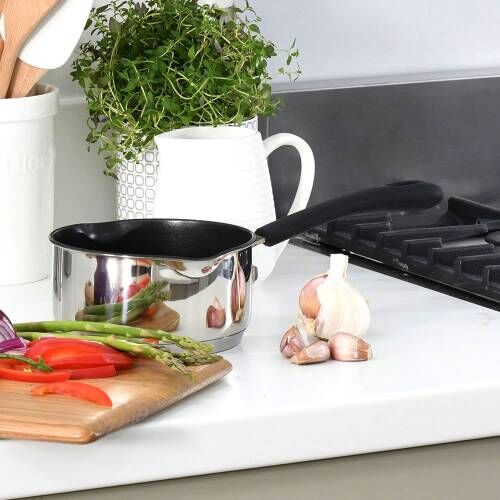
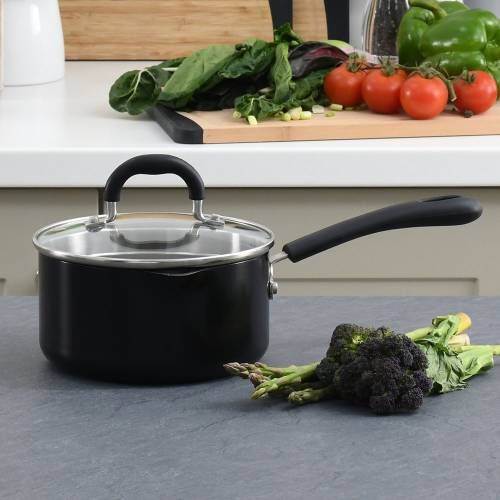
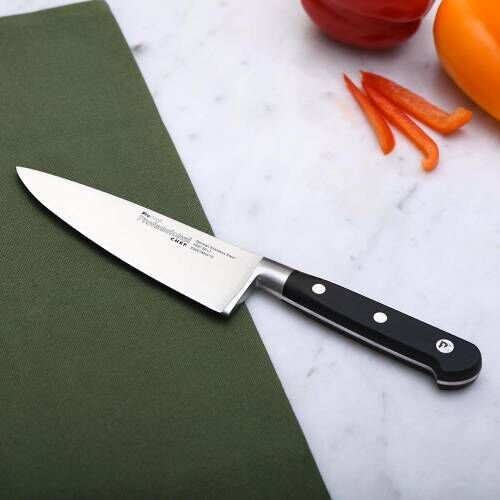
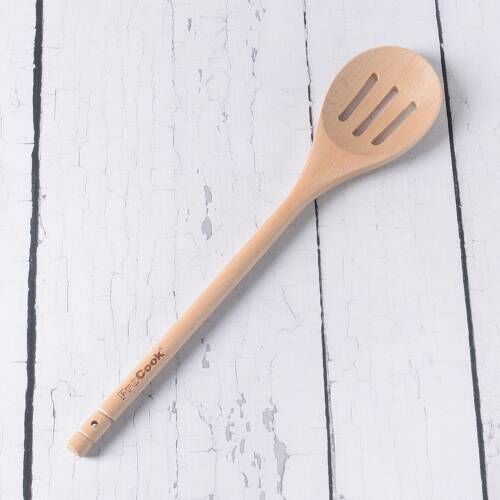
How to Make Tomato Sauce
Although similar to the basic tomato sauce commonly served with pasta or used on the base of a pizza, the classic tomato sauce is more complex and the starting point of many other traditional tomato sauces. The tomato sauce that's one of the five mother sauces may contain a roux to thicken the sauce, although this is not always necessary as the tomatoes themselves can be enough to thicken the sauce. Small sauces that can be made from the tomato sauce include:
- Creole sauce
- Spanish sauce
- Portuguese sauce
Ingredients
- 1 large onion (chopped finely)
- 2 cloves of garlic
- 3 tbsp of olive oild
- 12 ripe San Marzano tomatoes (or Roma tomatoes)
- 1 bay leaf
- 1 tsp of fresh oregano
- 2 tsp of fresh thyme
- 2 tsp of fresh basil (chopped finely)
- Salt and pepper to taste
Equipment
- Chefs knife (for chopping)
- Paring knife
- Stock pot or large saucepan
- Large frying pan
- Slotted spoon
- Wooden spoon
- Mixing bowl
- Ice
Method
- Prepare your ingredients. Chop the large onion, mince the garlic, and use a paring knife to score each tomato with an 'X' on the bottom.
- Blanche your tomatoes once the bottoms have been scored. Firstly, bring a big pot of water (in a stock pot or saucepan) to a rolling boil (approximately 100C) over a high heat. Reduce the heat ever so slightly before placing the tomatoes into the water.
- Cook the tomatoes for approximately 2 minutes, using this time to prepare the ice water bath (use the mixing bowl, ice and water to do this). Remove the tomatoes from the hot water with a slotted spoon and immediately place them in the ice water bath to immediately stop the cooking process. The skins of the tomatoes will start to split - once cool enough to touch, remove the skins and place the now skinless tomatoes in clean bowl at room temperature.
- Take your large frying pan and add your olive oil over a high heat. When the oil is hot enough, add your chopped onion and cook until it becomes translucent (approximately 3 minutes). Season with salt and pepper.
- Add the garlic and bay leaf to the pan, and if needed, add more olive oil. Cook until the garlic is soft.
- Add the tomatoes and stir to combine the ingredients. Add the herbs and stir into the mix, bringing the pan to a simmer.
- Reduce heat and continue to simmer the contents of the pan on a medium to low heat for 40 - 45 minutes, or until the tomatoes have turned a rich red colour. You want the consistency of your sauce to be thick. Season with salt and pepper.
TIP: Splattering can be common, so you may wish to place a splatter guard on top of the pan to reduce splattering and mess on your worktops.
Why not check these out?
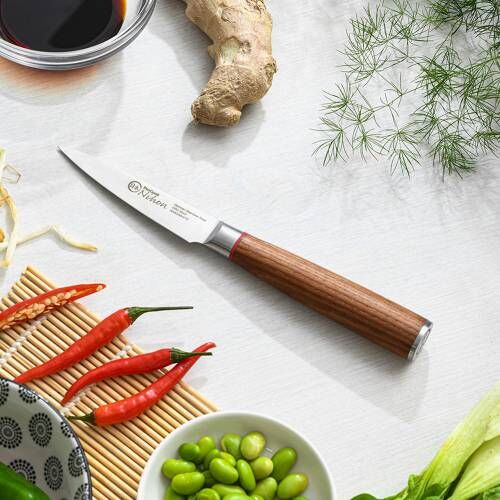
9cm / 3.5inTypical Price £39Only £24
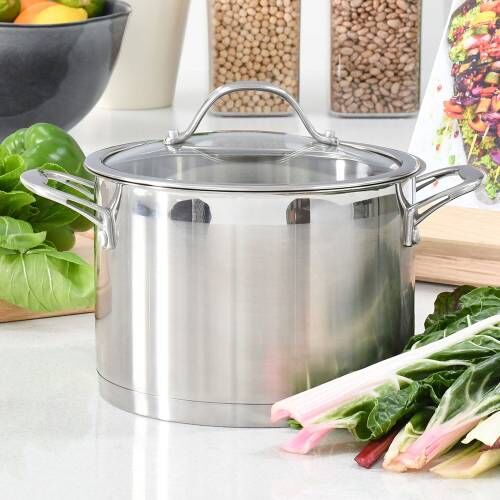
20cm / 4.4LTypical Price £69Only £49
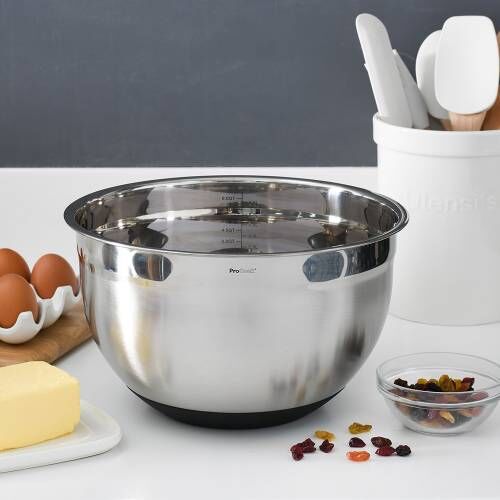
26cmTypical Price £20Only £14
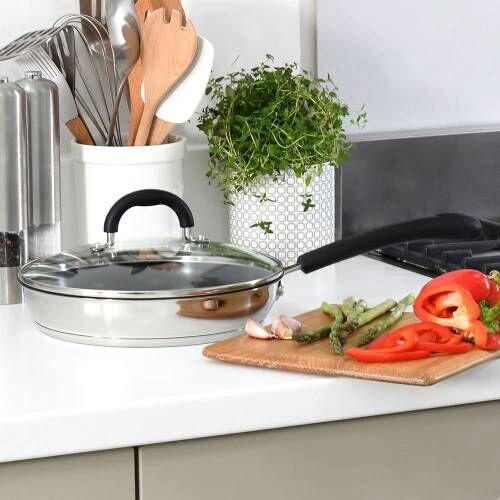
28cmTypical Price £73Only £51
How to Make Hollandaise Sauce
The hollandaise sauce is popular for egg dishes like eggs benedict, eggs royale, and eggs Florentine. Those who enjoy lavish and flavourful breakfasts and brunches will recognise this rich, creamy and lemony sauce. However, achieving a perfect hollandaise sauce can be difficult and require skill, which is why we've created an easy hollandaise sauce recipe!
While hollandaise sauce can be served as it is, it can also be the foundation to various other sauces like:
- Bearnaise sauce
- Maltaise sauce
- Choron sauce
Ingredients
- 125g of butter
- 2 egg yolks
- 1/2 tsp of white wine vinegar
- Juice of a lemon (for flavour)
- Salt
Equipment
- 2 saucepans
- Slotted ladle
- Whisk
- Metal or glass bowl (that sits on top of your saucepan)
Method
- Melt the butter in a saucepan, skimming the surface to remove any white solids that may float to the top. Once melted, reduce the heat to keep the butter warm without risk of burning it.
- Put the egg yolks and white wine vinegar into a glass or metal bowl and add a pinch of salt and a splash of cold water. Whisk the ingredients together before placing the bowl over a small saucepan of barely simmering water. Continuously whisk the mixture until pale and thick. This can take around 3-5 minutes.
- Remove the bowl from heat and start to whisk in the melted butter bit by bit until it is completely incorporated. You should now have a creamy and thick hollandaise sauce.
- Season your hollandaise with lemon juice. Keep warm until served.
TIP: Hollandaise sauce works perfectly with eggs, especially poached. However, if you need help with poaching your eggs, check out our egg rings, poachers and boilers, so you can achieve perfectly poached eggs each and every time!
Everything you need for easy Hollandaise sauce!

18cm / 2.6LTypical Price £63Only £44
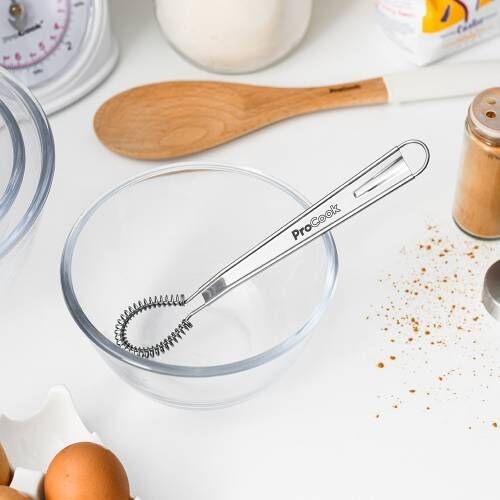
Stainless SteelTypical Price £4Only £3
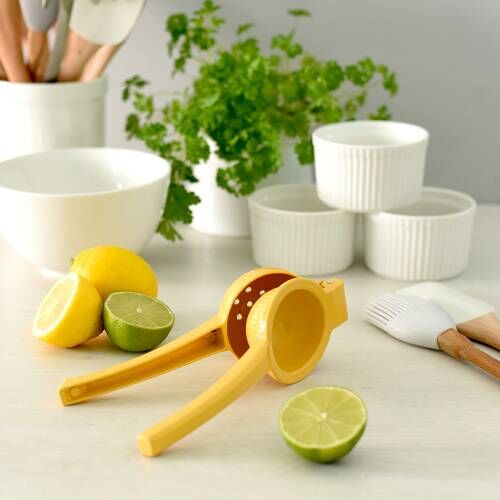
LemonTypical Price £12Only £8
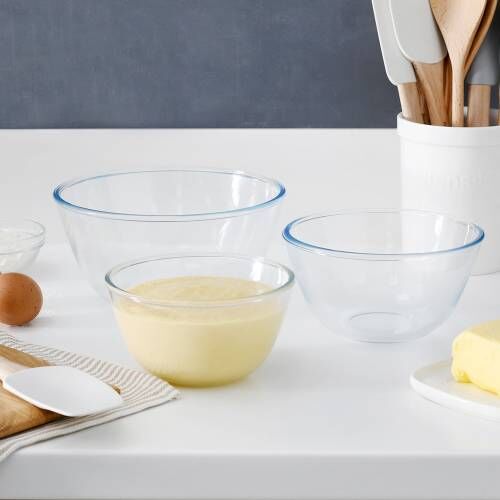
3 Piece SetTypical Price £17Only £9.99
How to Make Veloute Sauce
Veloute sauce is another simple mother sauce, typically made by thickening white stock with a roux before simmering. There are a few variations, which is determined by the stock used when cooking. You can also make a vegetarian veloute sauce.
- Chicken veloute
- Veal veloute
- Mushroom veloute
With so many variations, we've shared our recipe for a classic chicken veloute sauce that uses chicken stock.
Ingredients
- 2 tbsp of clarified, unsalted butter
- 590ml of chicken stock
- 3 tbsp of all-purpose flour
Equipment
- 2 medium sized saucepans
- Wooden spoon
- Slotted ladle
- Wire whisk
- Wire mesh strainer
Method
- Add the stock to one of your saucepans and start to simmer. Once simmering, lower the temperature to keep it hot.
- In another saucepan, melt the clarified butter over a medium heat until it starts to froth (but keep it from turning brown, as this can change the colour of the veloute, making it appear darker than its desired off-white colour).
- Slowly add the flour to the melted clarified butter, using a wooden spoon to gently stir the ingredients together. By doing this, you will create a paste that is known as a roux. Once the flour and butter are mixed together, heat the roux for a further few minutes, until the roux is blonde in colour.
- Start to slowly add the heated chicken stock to the roux, using a wire whisk to keep the mixture free from lumps. Keep whisking the entire time you are adding the chicken stock.
- Once the entirety of the chicken stock is added, simmer the mixture, reducing the heat when needed. Simmer for around 30 minutes or until the volume of the mixture has reduced by about one-half. While reducing, remember to stir frequently to make sure there are no lumps, and to stop the sauce from scorching at the bottom of the pan. Use your slotted ladle to skim the top of the sauce's surface, removing any lumps or impurities that may have risen to the surface.
- Test the sauce's thickness by dipping the back of a tablespoon into the mixture. If it's the right thickness, the sauce will coat the back of the spoon without the sauce running off it.
- Remove the sauce from the heat and pour through a wire mesh strainer (or cheesecloth) for an extra smooth consistency.
Why not check these out?
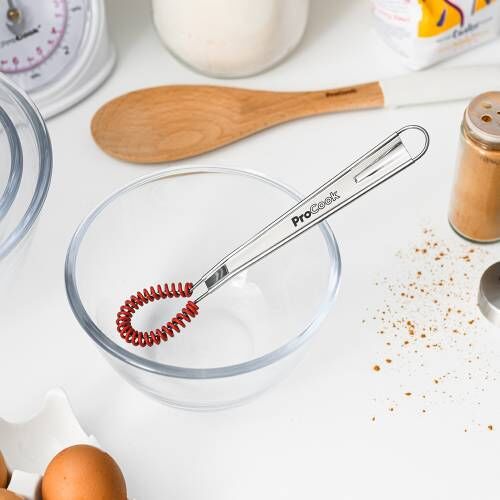
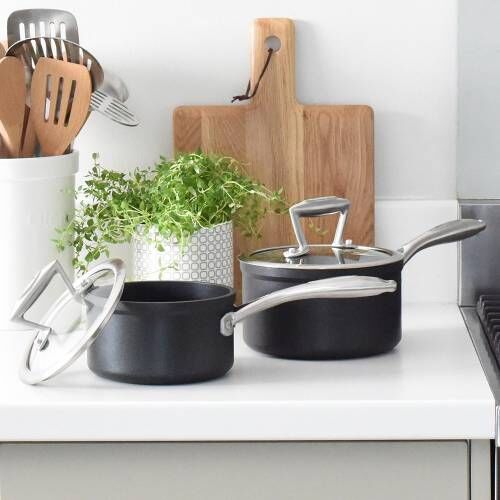
2 PieceTypical Price £179Only £99
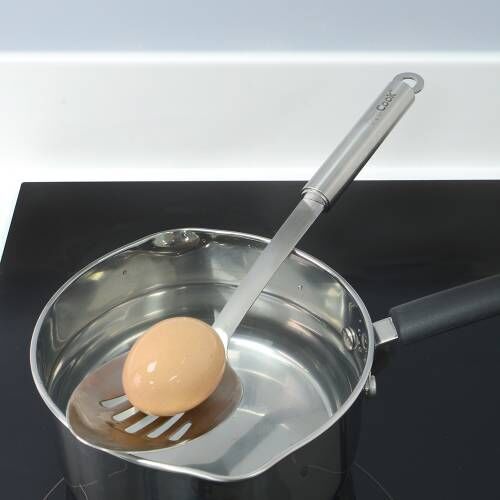
Stainless SteelTypical Price £12Only £7
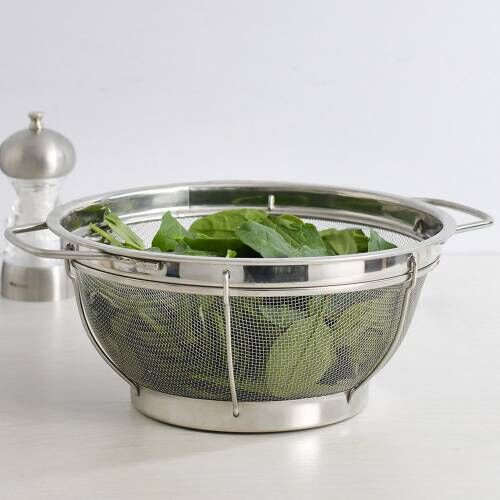
20cmTypical Price £15Only £10
How to Make Espagnole Sauce
The Espagnole sauce is much different to the other sauces, as it is made by thickening a brown stock with a roux (as opposed to the usual white stock). It is the combination of this brown stock, also known as mirepoix (a mixture of finely chopped carrots, onions and celery), and tomato puree that helps give Espagnole it's deep, brownish colour and rich flavour.
While uncommon to serve an Espagnole sauce on its own, it is the base of other sauces as well a used to make a demi-glace. Popular sauces typically made from an Espagnole sauce are:
- Charcutiere sauce
- Lyonnaise sauce
- Port whine sauce
Ingredients
- 1/2 large, diced onion (the core disgarded)
- 1/4 diced carrot
- 1/4 diced celery
- 1 bay leaf
- 1/2 tsp of dried thyme
- 3 or 4 fresh parsley stems
- 7 whole black peppercorns
- 25g of clarified, unsalted butter
- 25g of all-purpose flour
- 2 tbsp of tomato puree
- 3 cups of unsalted beef stock
Equipment
- Chefs knife (for dicing)
- 2 saucepans
- Wooden spoon
- Cheese cloth
- String
- Wire mesh strainer
- Whisk
- Slotted ladle
Method
- Gather your bay leaf, thyme, parsley stems and peppercorns and place them on top of your cheesecloth. Bring the corners of the cheesecloth together and tie with a piece of string or twine. This creates a sachet that will be used to help flavour your sauce.
- Melt your butter in a saucepan over a medium heat until it become frothy. Make sure the butter does not burn by stirring when needed.
- Add the mirepoix (onions, carrots and celery) to the melted butter and saute until lightly brown.
- With your wooden spoon, stir in the flour a little bit at a time until a paste starts to form. This paste is your roux.
- Once you have used all the flour and your roux has developed, cook the contents for a further five minutes on a low heat until it takes on a very light brown colour. Stir to keep the ingredients from sticking to the bottom of the pan and burning.
- Slowly add the stock and the tomato puree to the roux, stirring vigorously with your wire whisk to stop lumps from developing.
- Bring the sauce to a boil, lower the heat, and add the sachet of herbs that you made at the start. Simmer for 50 minutes - or until the sauce has reduced by a 1/3. Intermediate stirring is required to stop the sauce from burning during the simmering process. Impurities may rise to the top of the mixture, so use your ladle to skim them off from the surface.
- Once the sauce has reduced, remove the pan from the heat and retrieve the sachet. Strain the sauce through a wire mesh strainer and into a separate saucepan for an extra smooth consistency.
Everything you need to make a delicious Espagnole sauce!
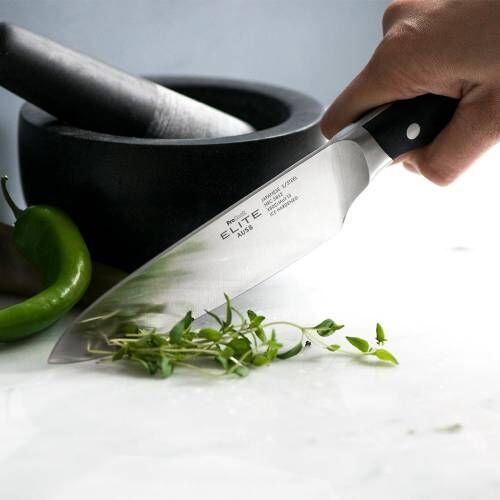
15cm / 6inTypical Price £89Only £54
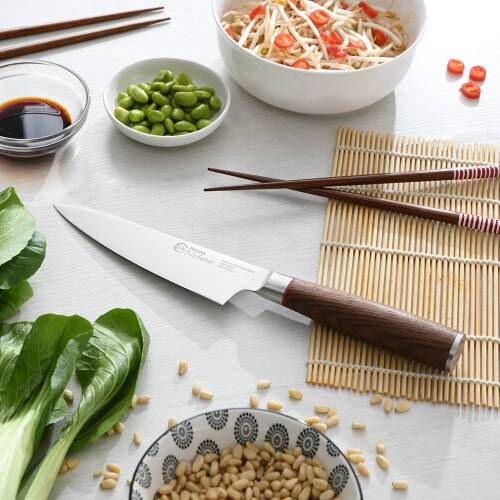

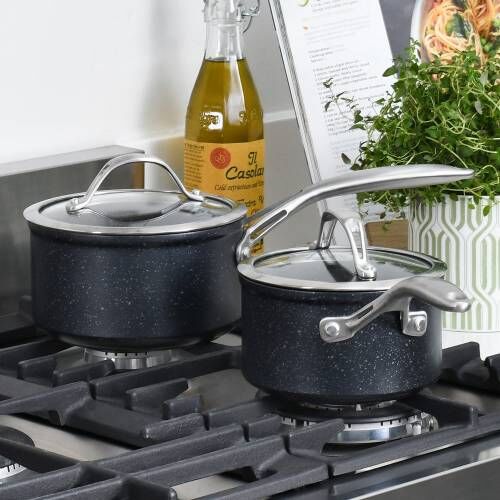
2 PieceTypical Price £99Only £69
How to Store Homemade Sauces
It is always best to use sauces fresh, or to keep them warm until needed (if you are using soon after making them). Of course, if you wish to store your homemade sauces and use them the next day, store them in the fridge and use the microwave or stovetop to slowly heat up the sauces. By reheating the sauces slowly and gently, you avoid overcooking the sauce or causing it to separate.
Serving jugs are the best way to pour sauces on dishes. Not only do they help keep your sauces warm, but the handle and spout means you and your guests can distribute as much sauce as they wish!
You might need these:

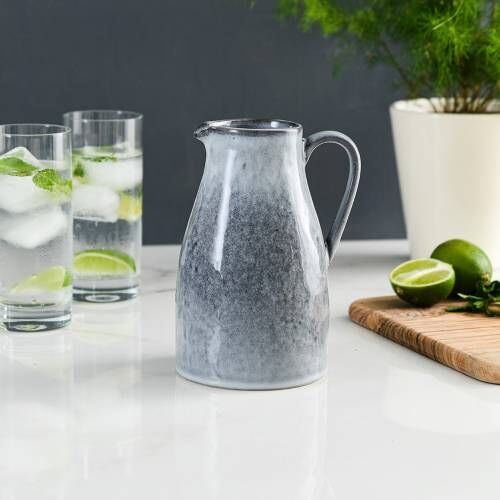
1LTypical Price £22Only £14
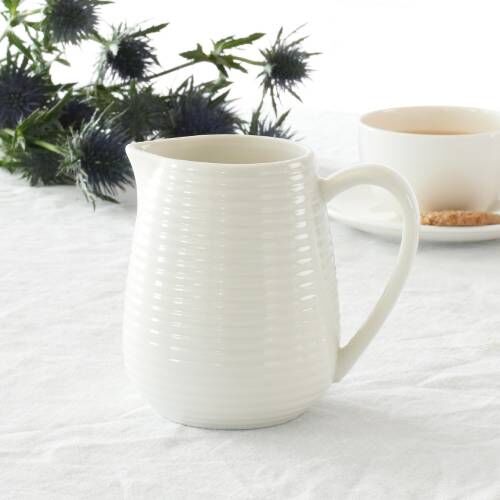
The five mother sauces are the foundations of several small sauces. Learning how to make the mother sauces from scratch can help you cook delicious homecooked meals, while also helping those who are aspiring to being a full-time, professional chef.
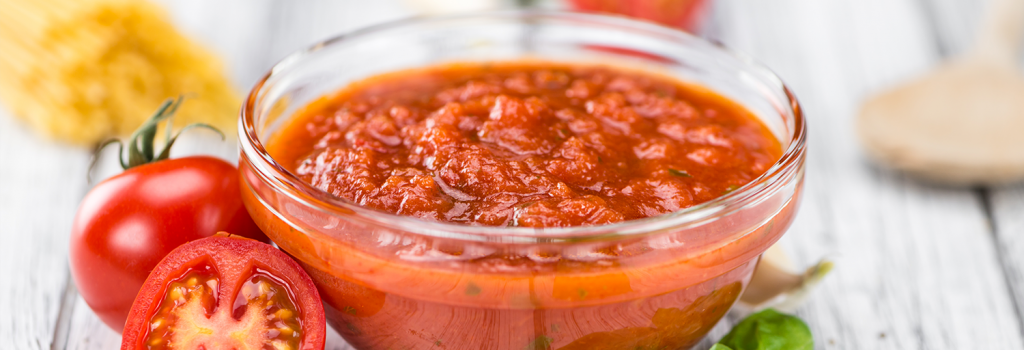


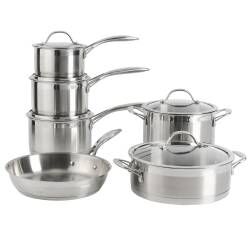
 Electricals
Electricals
 Coffee
Coffee
 Mixers and Blenders
Mixers and Blenders
 Kettles and Toasters
Kettles and Toasters
 Cooking
Cooking
 Small Appliances
Small Appliances
 Cookware & Bakeware
Cookware & Bakeware
 Pots and Pans
Pots and Pans
 Speciality Cookware
Speciality Cookware
 Baking
Baking
 Roasting
Roasting
 Knives
Knives
 Knife Sets
Knife Sets
 Single Knives
Single Knives
 Knife Accessories
Knife Accessories
 Tableware
Tableware
 Single Items
Single Items
 Serveware
Serveware
 Table Accessories
Table Accessories
 Outdoor Dining
Outdoor Dining
 Drinkware
Drinkware
 Hot Drinkware
Hot Drinkware
 Cafetieres and Teapots
Cafetieres and Teapots
 Drink Accessories
Drink Accessories
 Accessories
Accessories
 Kitchen Utensils
Kitchen Utensils
 Tools and Gadgets
Tools and Gadgets
 Storage
Storage
 Cleaning
Cleaning
 Summer desserts and baking
Summer desserts and baking
 Offers
Offers
 Clearance
Clearance
 Gifting
Gifting
